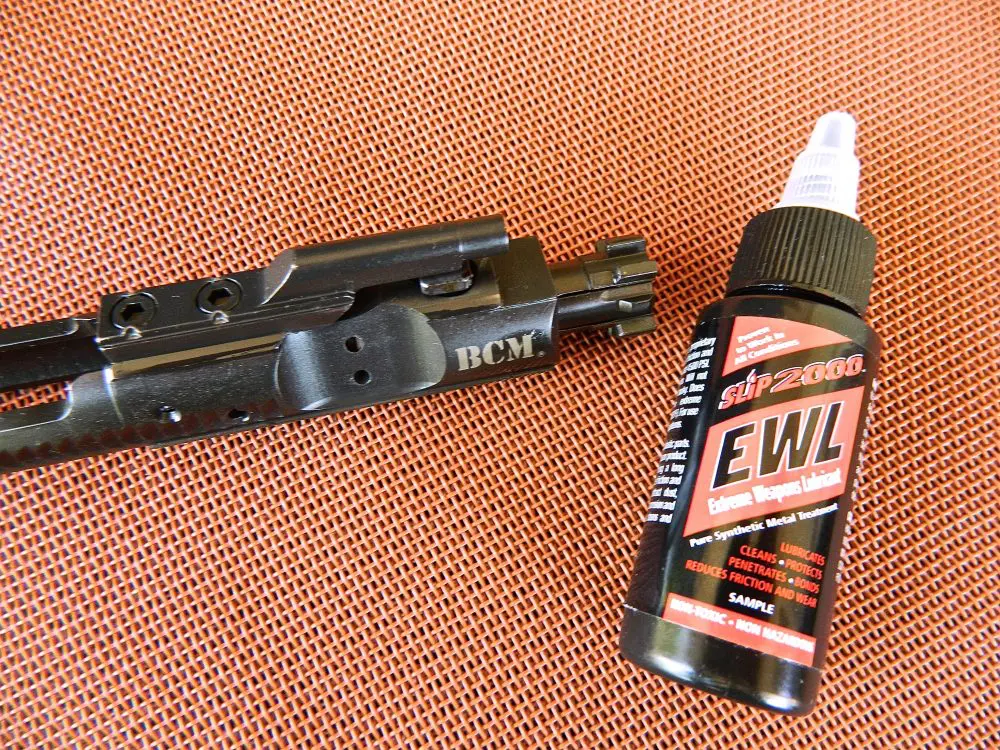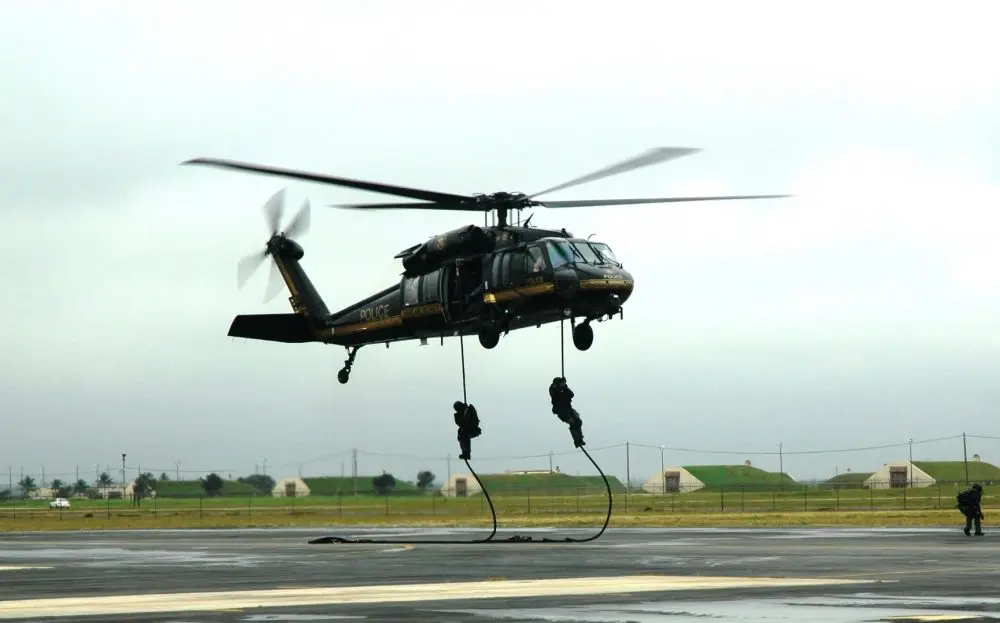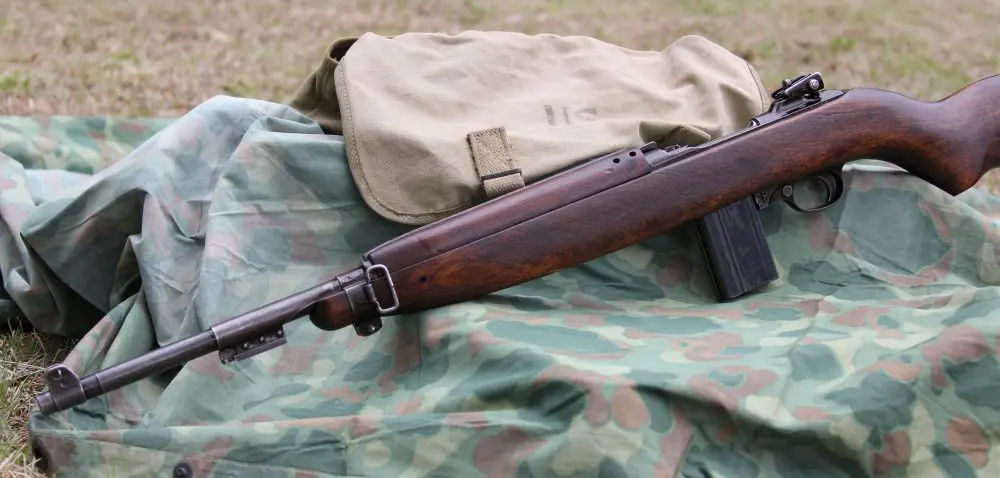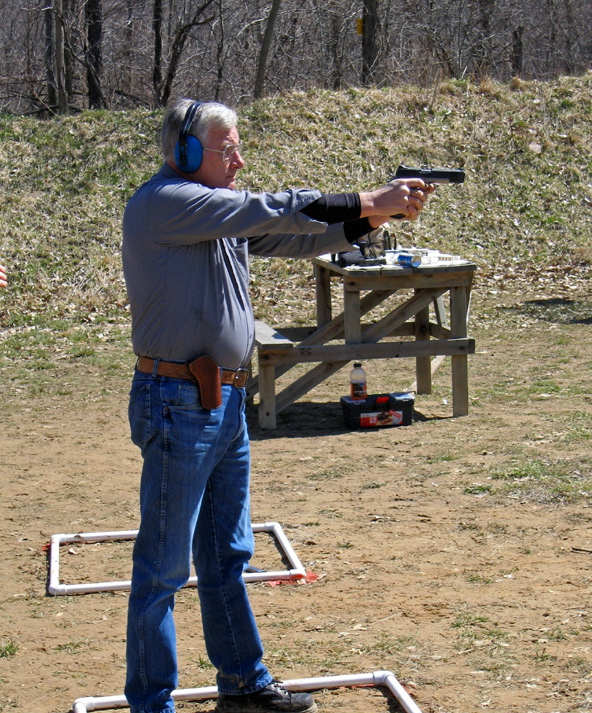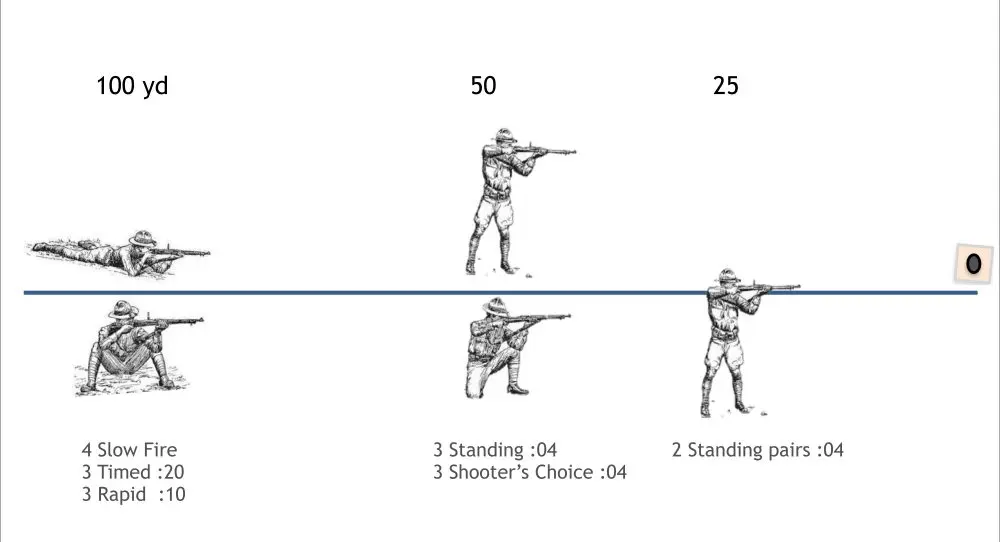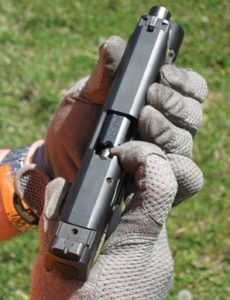
Each group is distinct, and as a rule, carry and use firearms for different reasons. But the groups are similar in that the great majority of each is poorly trained in weapons handling.
Of those groups, cops are easily the most insular, and for cause. Cops tend to shy away from Earth people because, within 30 seconds of an introduction, said Earth person will start whining about how they unfairly received a ticket, or want your opinion about the latest TV cop show, or complain about how unfair something related to cops or policing is. After a few of these insults, it is clear that cops don’t want to associate with those other than cops, if for no other reason than to hate people less.
All three groups will generally have an over-inflated sense of self worth, especially when it comes to weapons. For cops and the military, it is usually the result of proselytizing: convincing those without training/knowledge that they in fact possess superpowers.
Many (most) civilians apparently believe that their ability to properly use and manipulate a firearm is somehow mandated by birth.
The fact is that there are precious few from any group that can be considered truly competent.
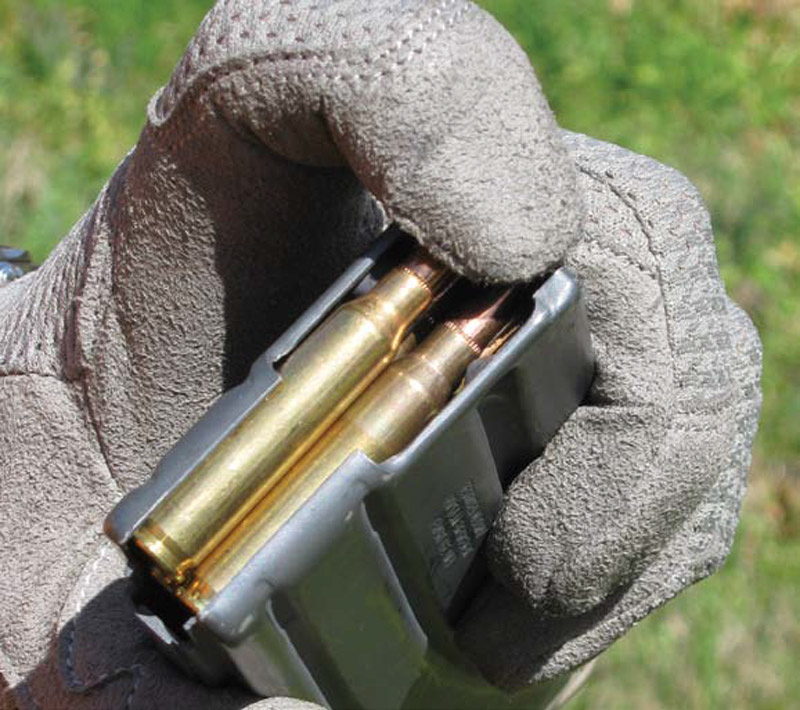
Table of Contents
FRAME OF REFERENCE
I don’t make these comments lightly, and have experience with all three groups (as well as others), so I feel confident— and qualified—to comment.
I am by nature a cynic, and by training, even more so. I take little for granted, and for a reason. Many years ago, I became a Parachute Rigger. Their motto is “I will be sure. Always.” Not long after receiving that ticket, my youngest Brother had a malfunction on his main parachute, cut it away, and safely deployed his reserve— which I had packed. I was sure….
Being a skeptic also makes me a believer in redundancy, and at times that leads me to double and triple redundancy.
We are all victims of our frame of reference, and that frame of reference comes from our life experience.
As a cop I received rudimentary handgun training. The training was what it was in the 1970s, with not using sights, “point shoulder shooting” and such. We qualified twice a year—the summer cycle for a sorta full day at the Outdoor Range at Rodman’s Neck, and an indoor cycle during the winter.
At each cycle, the cop would meet two instructors who would take his service and off-duty revolvers, inspect them and do a function check. After he qualified, the cop was given new street ammunition, loaded on the firing line and went off to do battle with the various enemies of society.
It all seemed pretty cut and dried to me. Except that one time a cop I worked with drew and presented his revolver, and it was empty. Yup, this cop somehow neglected to load his blaster and had spent the previous six months pointing an empty gun at miscreants. The following year, a detective I worked with drew and presented his revolver to the instructor, and his off-duty revolver was locked up solid. The combination of an ankle holster, sock lint and 3-in-1 oil had combined to congeal and make an unworkable piece of steel.
These are examples, but if you were to inquire of the staff at the NYPD Firearms and Tactics Section, you would find that these are not unusual occurrences.
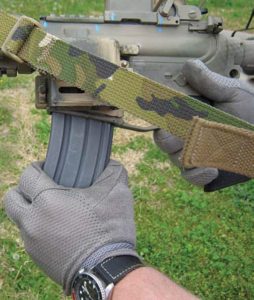
COP/MILITARY COMPETENCE
You would think that cops should be more in tune with the tools of their trade, but it just isn’t so. Consequently, every day when I went to work, opened my locker and traded my off-duty gun for my service revolver and backup gun, I opened the cylinders and made a visual check of those guns I was taking on the street.
And on those days when I took a long gun out, you’d better believe that as part of the loading process, I also did a Chambered Round Verification (CRV).
During my time on the job, I was present for a number of negligent discharges (NDs) by others. These were almost all from revolvers, as Glocks were just coming in as I was going out.
The reason for every single ND that I saw or was near was because the idiot had his finger on the trigger when it should not have been there.
People have a mistaken belief that the military are all good gun handlers—but nothing could be farther from the truth. While myths fly hither and yon, the fact is that there are precious few who are accomplished shooters.
But even back in the days of steel guns and wood stocks, we did a CRV with the U.S. Rifle Cal. .30 M1 and U.S. Rifle Cal. 7.62mm M14. After inserting the clip (M1) or magazine (M14), we cycled the action. Then we pulled back on the operating rod to observe for brass in the chamber. It was a regular thing.
And with the M16 family of weapons, it is still done, every single day.
CIVILIANS
On the civilian side, the average Earth person carrying a gun sometimes actually has a clue, but nowhere near enough people have a clear understanding of how that gun works, and fewer still know if the dang thing is loaded or not.
I had a high-end jeweler attend a class once. His 1st Grade Detective son had presented him with a Walther PPK/S upon his receipt of a Carry License 24 years prior. He wanted to use the PPK/S in class, but we convinced him it was insufficient for the task.
But at the end of the class, when I gave him an opportunity to fam fire his PPK/S, it was locked up tight. We couldn’t beat it apart.
A press check would have alerted him to this issue at some time in the previous 24 years.
ALWAYS LOADED?
Yes, I understand that some will say, “Gee, I loaded the gun on this day, so it should still be loaded, right?”
Well, actually, the only way you will ever know is if you check.
You know Safety Rule #1? The one that says, “All Guns Are Always Loaded”? Not to burst any bubbles or slay any sacred bovines, but there is a time when that there bangstick is unloaded. That may be when you are going to perform maintenance on the piece, or turn it into the armory, place it in your safe, etc.
You start by removing the source of ammunition, locking the action to the rear and then visually and digitally inspecting the chamber. And as long as that gun remains in your possession, it is unloaded.
But place it down for even a second and it is a loaded weapon until you prove it otherwise.
That loaded/unloaded thing works both ways.
I train a lot of people every year, and I have a pretty good database to look at. As I don’t teach shooting, but rather fighting with a gun, my doctrine is directed toward that fight. As such, I run a hot range. However, I mod that slightly because of the skill sets I teach—manipulation is the major deficiency that students bring to class.
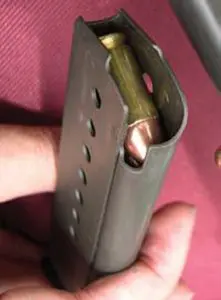
MAKE READY
Because we are humans and therefore not perfect, we use a system to prepare to fight.
When I put people on the line, I give the command “Make Ready.” Make ready means exactly that—make ready to fight. So, in this order we protect our eyes, protect our ears, and fully load the pistol. Fully load the pistol means insert a mag, cycle the action, do a chamber check to verify that it is loaded and tac load a fresh magazine into the gun to top it off.
After the pistol is loaded, we load the carbine. We take out a mag loaded with 28 rounds and feel for the top round—it is a staggered feed mag, so the round will either be on the left or right side (depending on the manufacturer of the magazine, the type of follower, and the number of rounds in the magazine).
The magazine is inserted with a PUSH/ PULL, and the action cycled. The magazine is removed, and the shooter once more feels for the top round. If it has moved to the other side, the shooter has successfully chambered a round. The shooter then checks his sights and lights to ensure they are set correctly.
If we run multiple relays, we download the carbines only on the nonshooting relays. But when we return to the firing line, we give the command to Make Ready and expect— demand—them to do it again, properly.
And yet I see people come to the line with no magazine in their pistol or no round in the chamber of that pistol. And I see multiple shooters in a class who press the trigger of their big-boy gun and get a CLICK instead of a BANG—all because they didn’t take the time to make sure.
NEGLIGENT DISCHARGES
I have heard people complain that mere handling of the weapon may lead to a negligent discharge (ND).
Nonsense.
NDs occur for a variety of reasons, but the major problem is touching the trigger when they should not. And if they can’t be trusted to check that their blaster is in fact loaded, neither should they be trusted with firearms at all.
To put it in perspective, I have seen more NDs with Glocks than all of the other makes of guns combined, and most have occurred when the user was fieldstripping the gun for cleaning. The user may remove the source of ammunition but neglect to take the round out of the chamber.
And because the Glock manual of arms has the quirky little flaw that requires you to press the trigger at the start of the process, a loud BANG follows if you are too stupid to understand how that gun works. This does not mean that the gun is bad, but it does mean that a great many people are too out of touch with the tools they carry to have a clue as to the status of that gun.
To draw another analogy, let’s gaze upon the aviation side of the house. They check everything or they, and others, die. They have a series of check lists that they use to ensure they have not forgotten anything.
They have charts of the airfields they fly to and from, and they have to prove their proficiency to others to ensure they are still competent.
To complain about Chambered Round Verification is silly.
I will be sure, always. Sorry if you subscribe to something less.

